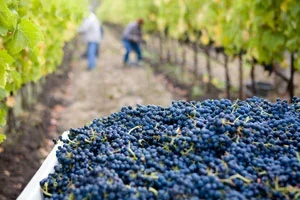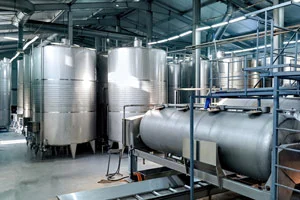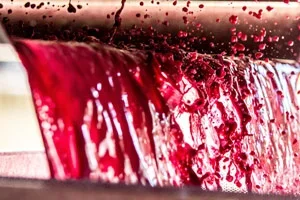Not considering a number of basic or critical factors when preserving white wine can ruin the work of months, or years, of elaborating a great wine. In the following section we unveil the main keys to preserve the quality of white wine intact.
What are the critical factors in preserving white wine?
There are two main factors that can affect the preservation of white wine, thus compromising key aspects such as taste, odor and appearance and, therefore, significantly reducing the quality of the product.
- Microbiological contamination is the development of microorganisms with the capacity to negatively affect wine quality. This is a complex and frequent problem, because grape must is rich in sugars and nutrients and therefore an ideal substrate for the growth of a large number of microorganisms, especially yeasts, bacteria and molds. While it is true that, once alcoholic fermentation has taken place, the possibilities of microorganism proliferation decrease considerably due to the presence of ethanol, but under certain conditions some yeasts and bacteria can continue to damage the wine. Some of these include oxidative yeasts, which can distort wine odor and flavor, and lactic acid bacteria, which can cause malic acid degradation, which, although desirable for red wines, is usually detrimental to white wines because they lose acidity and freshness.
- Oxidation is another critical factor in white wine preservation process. There are compounds in wine that act as substrates for oxidation and others as oxidants. Oxygen by itself is not capable of oxidizing most of the compounds in wine, it needs a catalyst to exchange electrons. The main catalysts are iron and copper. Therefore, intervention is required to avoid these reactions at each stage, as they often have harmful effects such as the loss of fruit aromas or changes in color.
Recommended reading: How does temperature influence wine preservation?
How to preserve the quality of white wine during storage? Tips for success
If our goal is to preserve the quality of the white wine during the storage phase, we must focus our actions and efforts on trying to prevent the growth of harmful microorganisms and avoiding oxidation (critical factors in this phase of wine production). Here are our recommendations:
Shortening the time required for critical winemaking phases
While it can vary from a few minutes to weeks, microorganisms always need a specific time period to grow and proliferate. For this reason, it is important to do all we can to speed up the critical stages of winemaking, such as transport or storage, thus reducing the chances of infection by yeasts, bacteria, microbes, etc.
Controlling pH
Acidity level (pH) is one of the main factors affecting lactic acid bacteria, as most of them are unable to grow in environments with a pH below 3.
Use contaminant microbial inhibitors
There are some substances that can inhibit the growth of contaminating agents. Sulfur dioxide (SO2) is one of the most widely used agents due to its effectiveness, low cost and broad-spectrum action.
SO2 is also a highly active antimicrobial compound against bacteria and yeasts, although in practice its effectiveness depends on wine properties. Among them, pH is a determining factor.
Preserving white wine: rely on specific preparations such as Microstab protect
Specific preparations available on the market, such as Agrovin’s Microstab protect, combine antimicrobial, antioxidant and antioxidant properties. It is a highly effective alternative to SO2 with excellent and proven results.
- Eliminates or substantially reduces Brettanomyces populations, reducing the risk of alterations due to the presence of this contaminating yeast.
- Highly effective against lactic acid bacteria populations, but, as with any other antimicrobial, reduction level depends on the initial microbiological load.
- It also has a strong antioxidant effect, which is associated with advantages such as: protection of the aromatic fraction, limitation of wine browning, inactivation of oxidation catalysts, lower activity of oxidative enzymes, which are responsible for the oxidation of phenols, and reduction of metal content (Fe and Cu).
In short, the key to success in preserving white wine lies in the control of microbial contamination and oxidation, and there are effective tools on the market to achieve this.









